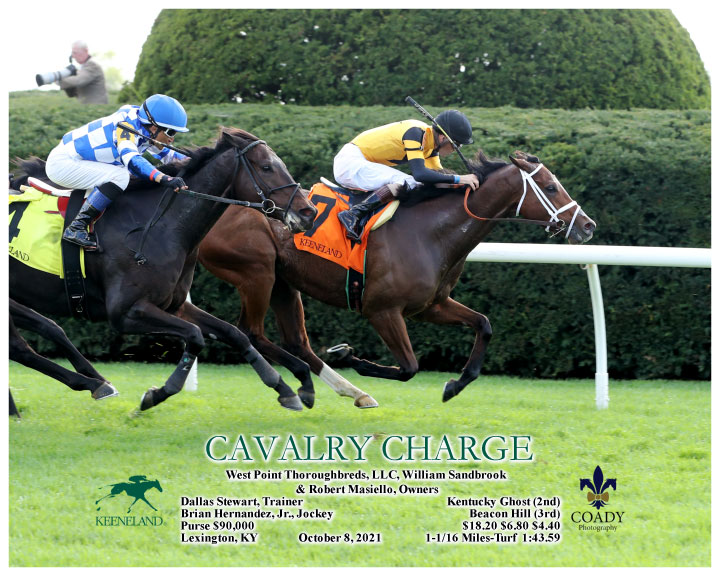Correcting Dangerous Charging Behavior in Your Horse

Charging behavior in horses can be alarming and dangerous for both the rider and the horse. Understanding why horses charge and how to correct this behavior is crucial for safety and effective training. This article provides a detailed guide on identifying, understanding, and correcting dangerous charging behavior in horses.
What is Charging Behavior?
Charging behavior refers to a horse suddenly rushing forward aggressively, often without warning. This can be a response to fear, frustration, or dominance challenges. It is important to recognize this behavior early to prevent accidents.
Causes of Charging Behavior
| Cause | Description |
|---|---|
| Fear or Anxiety | Horses may charge when they feel threatened or scared. |
| Dominance Issues | Some horses charge to assert control or dominance over other horses or humans. |
| Pain or Discomfort | Physical pain can cause a horse to react aggressively. |
| Lack of Training | Inadequate training can lead to unpredictable and dangerous behaviors. |
Signs Your Horse May Charge
- Stiff body posture
- Ears pinned back
- Snorting or blowing
- Pawing the ground
- Sudden bursts of speed
Steps to Correct Charging Behavior
1. Identify Triggers
Observe your horse to understand what causes the charging behavior. Common triggers include loud noises, unfamiliar objects, or stressful situations.
2. Consistent Training
Implement a consistent training routine focusing on obedience and responsiveness. Use positive reinforcement to encourage calm behavior.
3. Professional Help
Consult a professional trainer or equine behaviorist if the behavior persists or escalates.
4. Safety Measures
Always wear protective gear and ensure your environment is safe for both you and your horse during training.
Training Techniques
| Technique | Description |
|---|---|
| Groundwork | Exercises that establish respect and control from the ground before riding. |
| Desensitization | Gradually exposing the horse to triggers in a controlled manner to reduce fear responses. |
| Positive Reinforcement | Rewarding desired behaviors to encourage repetition. |
Frequently Asked Questions (FAQ)
Q1: Can charging behavior be completely eliminated?
A1: While it may not be possible to eliminate all aggressive behaviors, consistent training and management can significantly reduce charging incidents.
Q2: Is charging behavior more common in certain breeds?
A2: Charging behavior is not breed-specific but can be influenced by individual temperament and training.
Q3: How long does it take to correct charging behavior?
A3: The time frame varies depending on the horse’s history, severity of behavior, and training consistency.
Conclusion
Correcting dangerous charging behavior in horses requires patience, understanding, and consistent training. By identifying triggers and applying appropriate techniques, you can improve your horse’s behavior and ensure safety for both of you.
For more detailed guidance, consider consulting with equine professionals and continuing education on horse behavior and training methods.
